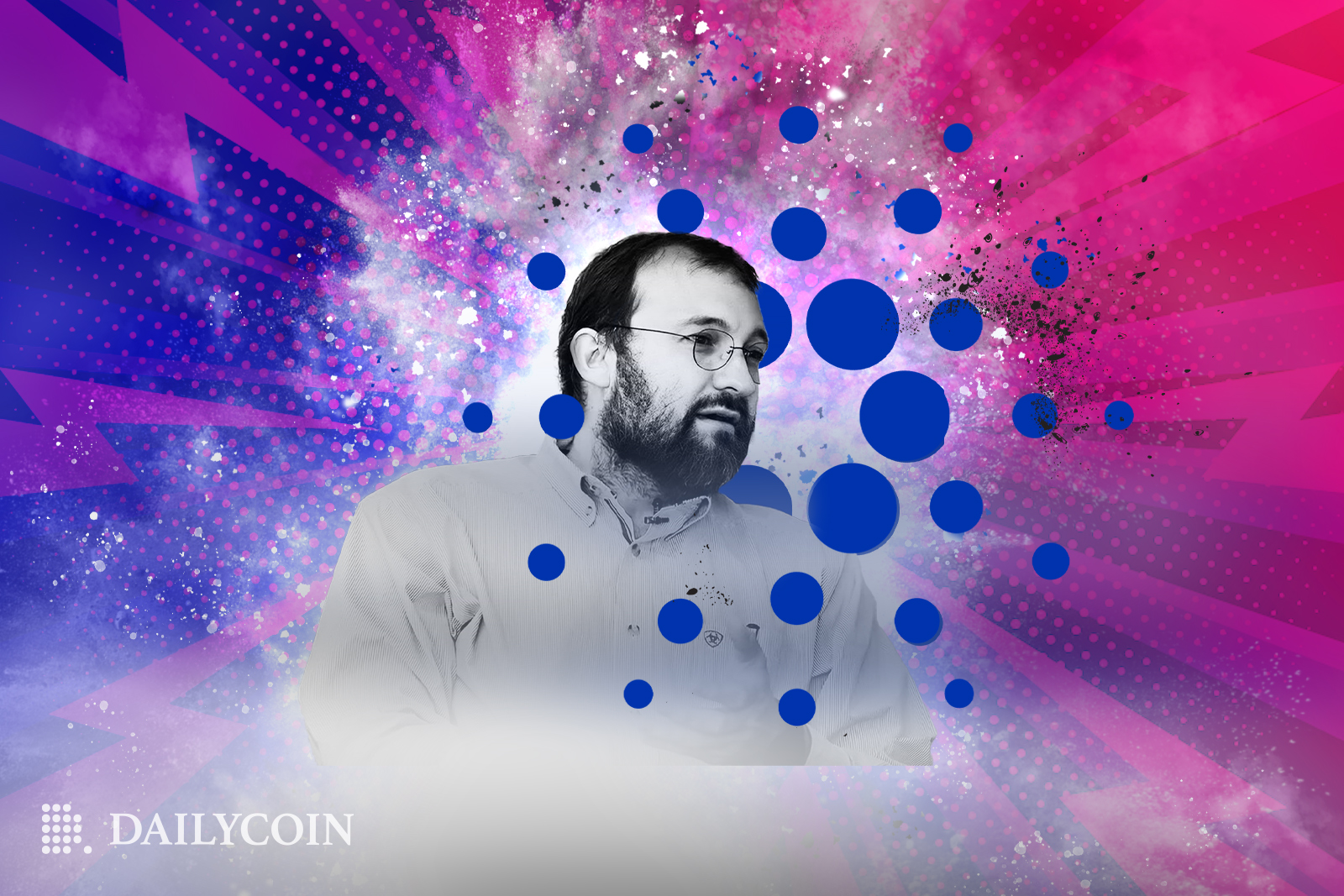
- IOG Founder Charles Hoskinson addressed the two-minute node outage on the Cardano network on January 22nd, 2023.
- Hoskinson discussed the balance between prevention and recovery in distributed systems to contextualize the anomalous occurrence.
- The root cause of the outage is still under investigation. Input Output Global (IOG) has stated that the anomaly was not a concern and that block production was only impacted briefly.
On Tuesday, January 23rd, 2023, Cardano (ADA) and IOG founder Charles Hoskinson tweeted a video in which he hosted a ‘whiteboard session’ to address the two-minute node outage that occurred on Cardano on January 22nd.
Prevention versus Recovery in Distributed Systems [Whiteboard] https://t.co/BbrApJdhfL
— Charles Hoskinson (@IOHK_Charles) January 23, 2023
In the wake of the node outage that occurred on the Cardano blockchain on January 22nd, which saw 60% of nodes briefly go offline, Hoskinson opined that it was “a little bit of a blip, although it wasn’t much of a blip,” and reassured the Cardano community that “frankly, this wasn’t a major issue” and “it didn’t even have any impact at all.”
A Balance of Prevention and Recovery
In the 23-minute video, Hoskinson delves deep into the balance between prevention and recovery in distributed systems, stating:
Sponsored
"The more complexity that you introduce, the more probability that the system, at any given time, is going to have some bad cells, and the system has to purge those bad cells, especially as you scale it."
Hoskinson highlights that in any “good distributed system,” there has to be a balance of prevention and recovery and opines that the Cardano ecosystem is experiencing “a very natural growing pain in distributed systems design.” He further states that “the very fact that we [Cardano] were able to recover in under two minutes is a good indication that there is a nice balance of these features inside the system between prevention and recovery given the ‘demons’ we face.”
A Catch-22 of Preventative Measures
According to the network’s founder, Cardano could have taken additional preventative measures to narrow or prevent the possibility of issues arising. He explained how these preventative measures could have included the following “trade-offs:”
- Reducing the set of people in operation: Transitioning the Cardano blockchain from a permissionless to a permissioned network, thereby increasing the number of people participating in consensus.
- Optimizing throughput: Potential optimization of accessibility to the general public at the price of speed and performance, thereby unlocking a new layer of byzantine attacks that can occur.
- Removing byzantine actors: Increasing the speed and performance of the network by decreasing the volume of faulty nodes that can cause congestion.
These efforts, as stated by Hoskinson, would mean that the network would have a greater degree of centralization – the opposite of what Cardano has evolved into.
The Cardano Node Outage – A Transient Anomaly
The brief outage of Cardano nodes occurred on January 22nd, 2023, as approximately 50% of all active relay and block-producing nodes disconnected for a short period before restarting without intervention.
Sponsored
Input Output Global (IOG) claimed that the anomaly was not a concern since block production was only impacted briefly, and the network unsynced momentarily before most nodes automatically recovered. The root cause of the outage is still under research.
The Cardano blockchain has not experienced an outage in five years and automatically recovered affected nodes with minimal downtime. The swift recovery after the node outage reflects the detailed methodology behind the development of the Cardano blockchain.
On the Flipside
- Hoskinson stated that Cardano has factors that need to be considered regarding its failure and recovery model.
- Since the node outage on January 22nd, Cardano (ADA) prices have not seen any dramatic changes, from trading at a high of $0.38 USD on the day of the outage to a price of $0.35 at the time of writing.
Why You Should Care
The Cardano node outage, albeit brief and with no major implications on the network, indicates the “natural growing pains” of the distributed system, according to Hoskinson. These issues are inescapable as the volume of transactions increases and computational complexity grows.
The resilience of prevention and recovery protocols is imperative to ensuring the safety of funds on the network.
Read more about the Cardano node outage:
